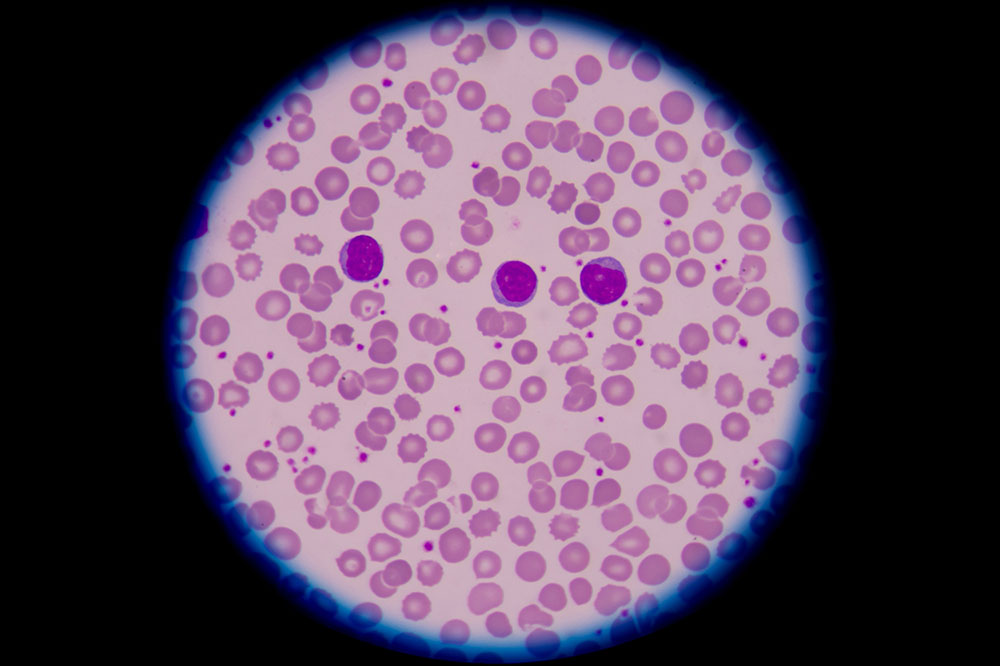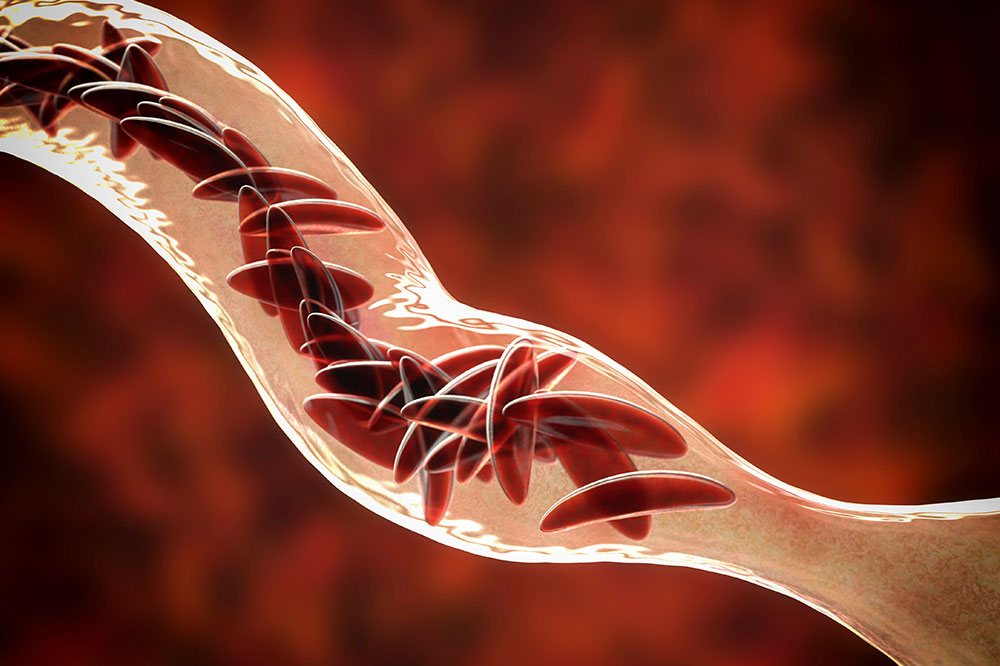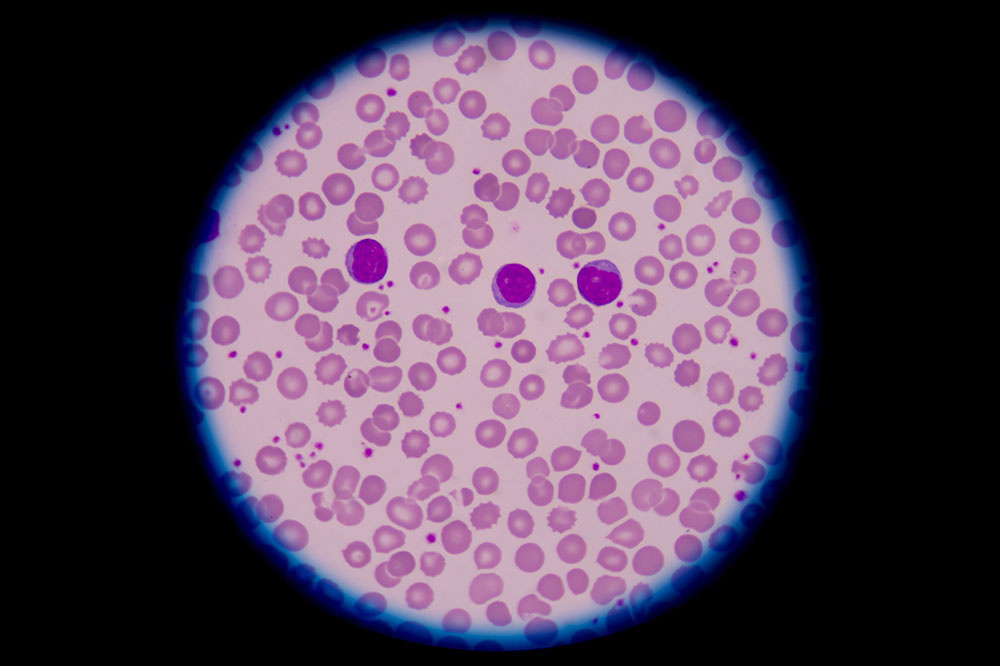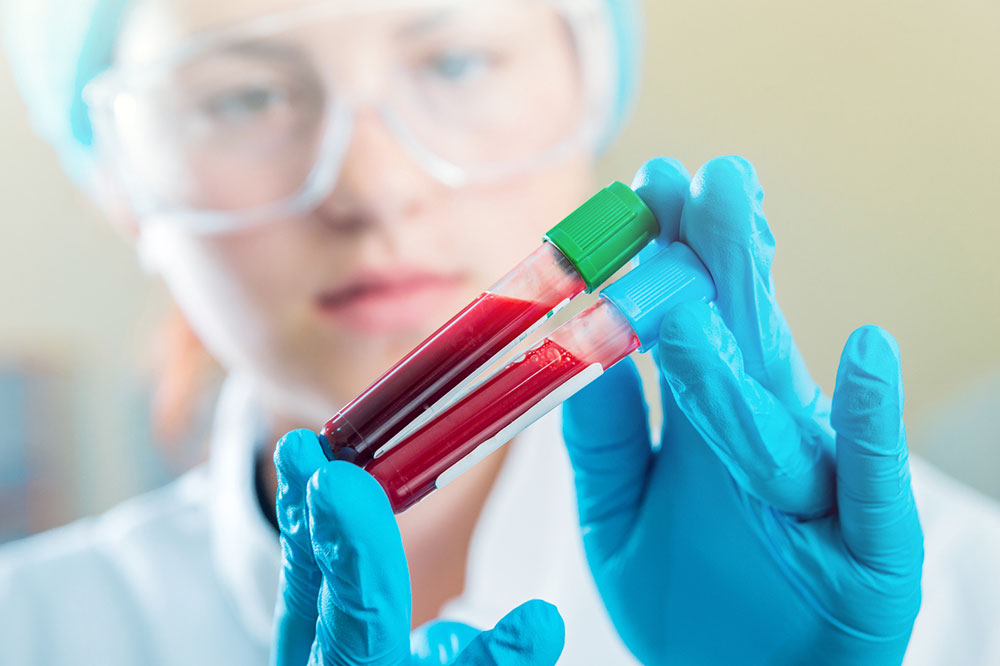Essential Knowledge About Various Blood Disorders
This comprehensive overview covers common blood disorders, including red blood cell issues like anemia and sickle cell, white blood cell conditions such as lymphoma and leukemia, and platelet disorders including hemophilia. Understanding these diseases aids early detection and effective management. The article emphasizes symptoms, causes, and the importance of professional medical consultation for proper diagnosis and treatment.

Essential Knowledge About Various Blood Disorders
Blood disorders are conditions that affect one or more components of the blood, impairing their normal function. These components include red blood cells, white blood cells, and platelets. All blood cells are produced in the bone marrow, a soft tissue inside bones. Symptoms vary based on the specific disorder, with common signs like unexplained fatigue and weight changes. Understanding these conditions is crucial for early detection and management:
Red Blood Cell Conditions
This category affects the cells responsible for oxygen transport throughout the body.
These disorders include:
Anemia
Anemia occurs when the blood lacks sufficient iron, leading to decreased red blood cell production. Types include iron deficiency, pernicious, aplastic, autoimmune hemolytic, and sickle cell anemia.
Thalassemia
This inherited disorder results from genetic mutations that disrupt hemoglobin creation, impairing oxygen delivery and causing health complications.
Polycythemia Vera
Polycythemia vera is a blood cancer characterized by excessive red blood cell production in the bone marrow. This thickens the blood, slowing circulation and increasing risks like heart attack or stroke.
White Blood Cell Disorders
White blood cells protect against infections. Disorders here weaken immunity and include:
Lymphoma
This blood cancer affects lymphatic tissues, with Hodgkin’s and non-Hodgkin’s being primary types.
Leukemia
Leukemia is a cancer causing abnormal proliferation of white blood cells in the bone marrow. It can develop quickly (acute) or slowly (chronic).
Myelodysplastic Syndrome (MDS)
MDS involves excessive immature blood cells called blasts, which may progress to leukemia over time.
Platelet Disorders
Platelets prevent bleeding by forming clots. Conditions include a deficiency or excess of platelets, or abnormal clotting. Common issues are:
Von Willebrand Disease
This hereditary disorder results from a deficiency of von Willebrand factor, essential for clotting.
Hemophilia
A genetic disorder where defective clotting factors cause prolonged bleeding episodes.
Plasma Cell Disorders
Plasma cells help fight infections. A notable disorder is plasma cell myeloma—a rare blood cancer arising in these cells within the bone marrow.










